Nag Tibba, often called the “Mountain of the Serpent”, is one of the most popular treks in Uttarakhand, India. Located near Mussoorie in the Garhwal Himalayas, it stands tall at an altitude of about 9,915 feet (3,022 meters). Nag Tibba Trek (Uttarakhand),
What makes Nag Tibba famous is that it is a beginner-friendly trek that offers stunning views of Himalayan peaks such as Bandarpoonch, Kedarnath, and Gangotri. Unlike many high-altitude treks that demand weeks of preparation, Nag Tibba can be completed in just 2–3 days, making it a perfect short adventure for nature lovers.
Best Time to Visit
The Nag Tibba trek can be enjoyed almost throughout the year, but each season offers a different charm.
- Summer (April – June): Pleasant weather, lush greenery, and clear skies.
- Monsoon (July – September): Trails can be slippery; not ideal for beginners.
- Autumn (October – November): Crystal-clear mountain views, ideal trekking weather.
- Winter (December – February): Snow-covered trails, offering a magical experience.
Best Season: Summer and winter are the most popular times, depending on whether you prefer green meadows or snowy landscapes.
How to Reach
Nag Tibba is easily accessible from Dehradun and Mussoorie, two major towns in Uttarakhand.
- By Air: The nearest airport is Jolly Grant Airport (Dehradun), about 60 km from Mussoorie. From the airport, taxis and buses are available.
- By Train: The nearest railway station is Dehradun Railway Station, well connected to Delhi and other major Indian cities.
- By Road: Buses and taxis regularly operate from Delhi, Dehradun, and Mussoorie to Pantwari village, the base camp for Nag Tibba.
Base Village: Pantwari, located around 85 km from Dehradun.
Entry Fees and Permits
- There is no fixed entry fee for Nag Tibba trek.
- However, you may need to pay for forest permits, camping, or guide charges, which are usually subject to change.
- Always check locally for updated rules, especially if trekking independently.
Food Availability and Meal Options
- Food options during the trek are limited. Small tea stalls and dhabas may be found near Pantwari village and along parts of the trail.
- If trekking with an organized group, meals are usually provided, including simple vegetarian food like dal, rice, chapati, and vegetables.
- Carrying some ready-to-eat snacks, energy bars, and dry fruits is highly recommended.
Packing List and Essentials
Packing correctly is crucial for a comfortable trekking experience. Here’s a checklist:
- Clothing:
- Warm layers (fleece, down jacket, thermals in winter)
- Trek pants and quick-dry t-shirts
- Woolen cap, gloves, and socks
- Footwear:
- Sturdy trekking shoes with good grip
- Extra pair of socks
- Gear:
- Backpack with rain cover
- Trekking pole (optional but useful)
- Sleeping bag (if camping independently)
- Other Essentials:
- Personal first-aid kit
- Water bottle and purification tablets
- Torch or headlamp with batteries
- Sunscreen, sunglasses, and lip balm
Safety Tips and Local Regulations
- Hire a local guide if you are new to trekking in Uttarakhand. They know the trail and local conditions.
- Acclimatize well before the trek, even though the altitude is moderate.
- Avoid littering; carry your waste back. The region falls under eco-sensitive zones.
- Check weather updates before heading out, especially in winter or monsoon.
- Stay hydrated but avoid drinking directly from streams without purification. Nag Tibba Trek (Uttarakhand),
Tips for Beginners or First-Time Visitors
- Start with short practice hikes before attempting Nag Tibba if you’re new to trekking.
- The trek is considered easy to moderate, but a basic fitness level helps.
- Travel light; only pack essentials to avoid unnecessary strain.
- Plan your trek with at least one night of camping, as it enhances the experience.
Local Customs and Cultural Etiquette
- The locals of Uttarakhand are warm and welcoming. Greet them with respect.
- Nag Tibba has a small temple dedicated to the serpent deity (Nag Devta) at the summit. Respect local beliefs and traditions.
- Dress modestly when passing through villages.
- Avoid making loud noises or disturbing wildlife.
FAQ Section
1. What is the duration of the Nag Tibba trek?
Typically, it takes 2–3 days, depending on the route and pace. Nag Tibba Trek (Uttarakhand),
2. How difficult is Nag Tibba trek?
It is rated as easy to moderate, suitable for beginners and families.
3. What is the altitude of Nag Tibba?
The summit is at 9,915 feet (3,022 meters) above sea level.
4. Is the trek safe for solo travelers?
Yes, but it’s advisable to hire a guide or join a group for safety.
5. Are restrooms available on the trail?
Basic facilities may be available at Pantwari village and campsites, but not on the trail.
6. Can children join the trek?
Yes, children above 7 years with basic fitness can participate.
7. Do I need a permit?
Permits are not always required, but forest entry charges may apply (subject to change).
8. Is camping allowed at Nag Tibba?
Yes, camping is one of the highlights of the trek, with scenic meadows and starlit skies.
Conclusion
The Nag Tibba Trek in Uttarakhand is a perfect blend of accessibility, natural beauty, and cultural significance. Whether you’re an experienced trekker or a first-timer, this trek offers a chance to witness Himalayan grandeur without requiring weeks of commitment. From snow-clad peaks in winter to blooming meadows in summer, Nag Tibba is a trek that promises unforgettable memories. Nag Tibba Trek (Uttarakhand),
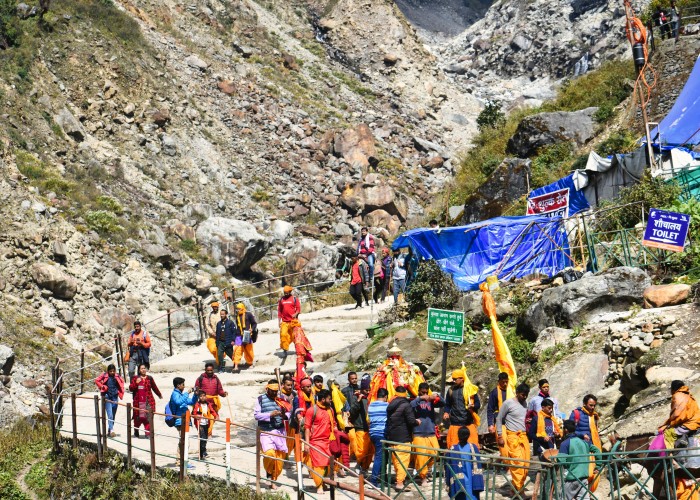
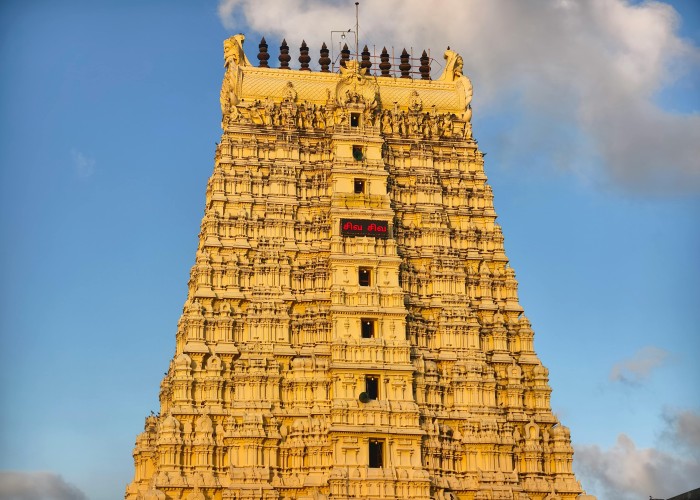
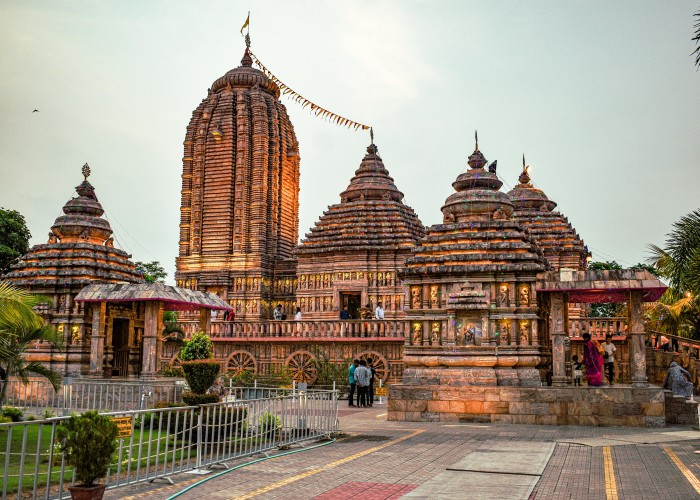
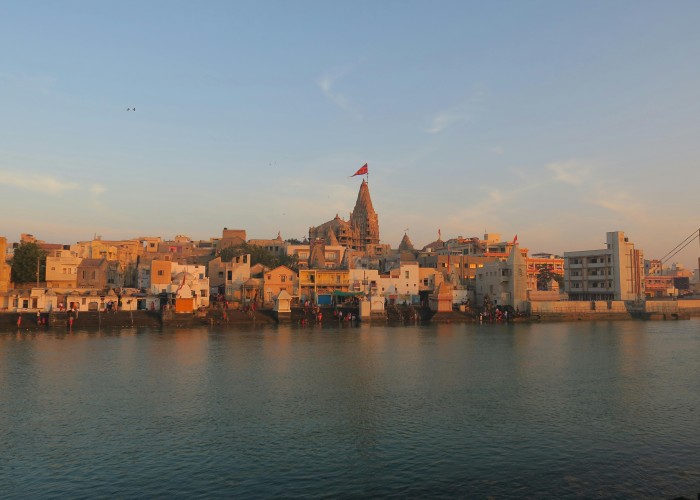
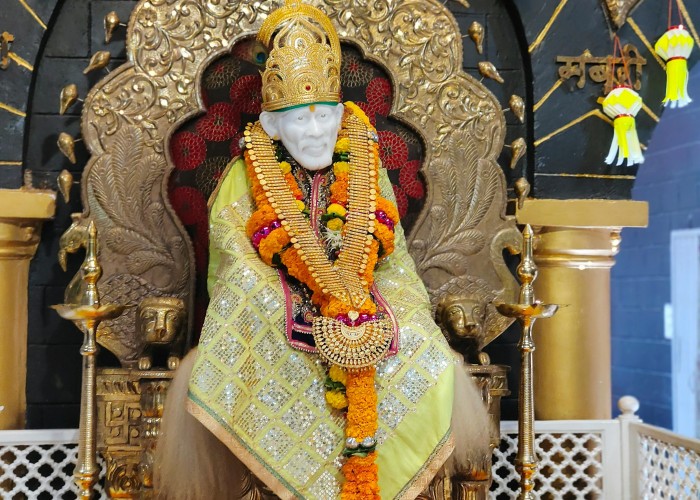
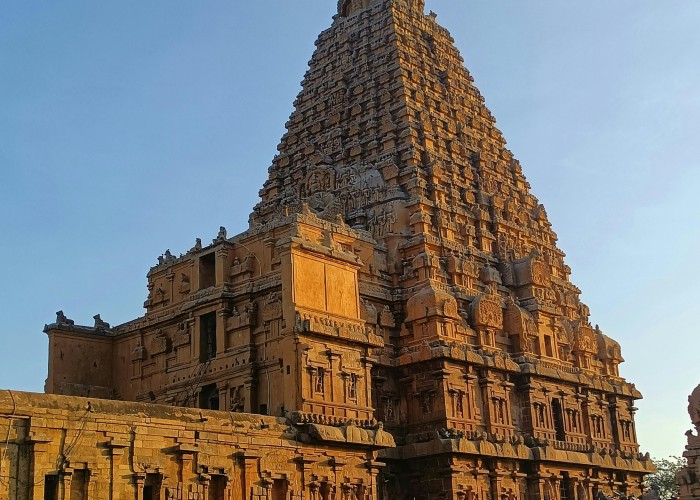
Leave a Reply